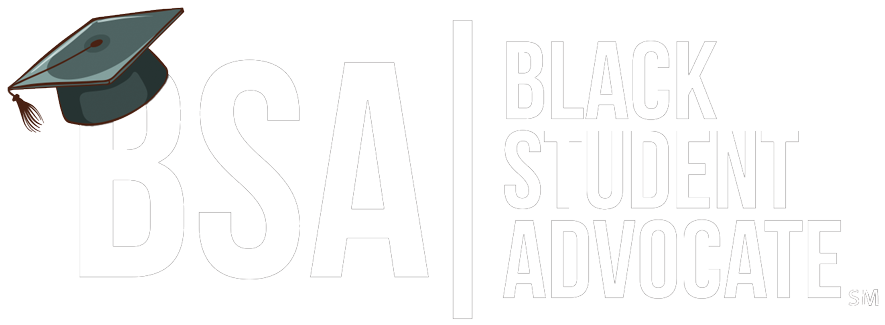
Why Do Many Black Organizations Blame The School Systems For The Struggles Faced By African American Children?


The Black Student Advocate Network
Because the Black Community Has Always Needed An Advocate to Earn an Education
WE ARE THE INDUSTRY ORIGINATOR
Call For Consultation
(833) 925-1957
Share This Page